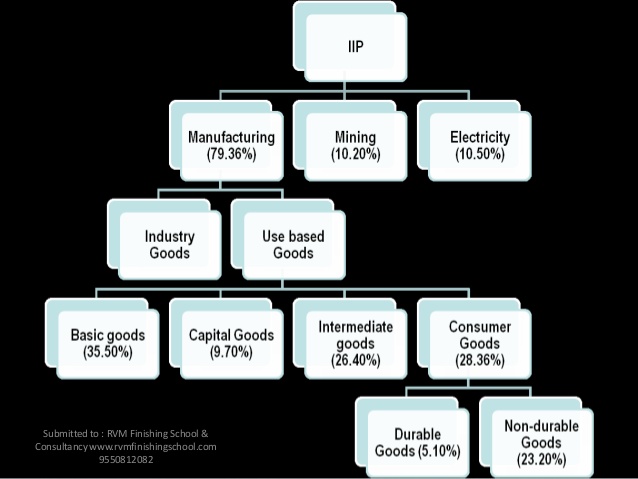7667766266
enquiry@shankarias.in
What is the issue?
What is IIP?

Why is IIP significant?
What was the change in 2017?
What is the Annual Survey of Industries?
Why do IIP and ASI differ?
Source: Indian Express